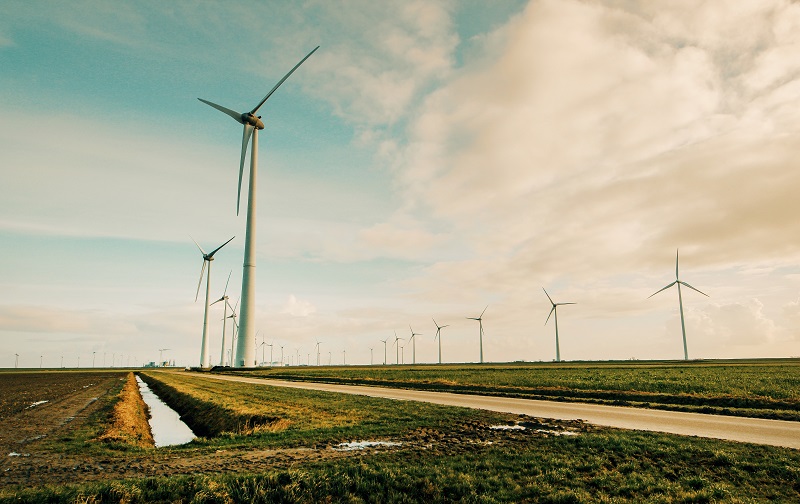According to an analysis published by the International Renewable Energy Agency (IRENA) in collaboration with the African Development Bank, an integrated policy framework built around the energy transition could bring a surge of new sustainable energy investment to Africa, expanding the continent’s economy by 6.4 percent by 2050. (AfDB).
“Renewable Energy Market Analysis: Africa and Its Regions” shows that Africa is “prospering significantly” from renewable development, while greatly improving energy access and providing significant wellbeing and ecological benefits to people across the continent, Renewableenergyworld.com writes.
According to the research, coal, natural gas, and oil account for over 70% of Africa’s total electricity output, and conventional power draws significantly more investment than renewables due to an established mechanism that favors less capital-intensive thermal generating. Energy transition financing must become more widely available. Efforts should be coordinated to ensure that public expenditure – the primary source of energy transition funding in Africa – explicitly supports renewables.
Despite the continent’s renewable energy potential and the need to provide modern electricity to billions of residents, just 2% of the $2.8 trillion spent worldwide between 2000 and 2020 went to Africa. While access to energy in Sub-Saharan Africa increased from 33% to 46% during the last decade, strong population growth meant that 570 million people still lacked access to power in 2019.
In terms of hydropower, the research said that hydropower accounted for 17.4 percent of total energy output on the continent in 2019. With over 34 GW of capacity by the end of 2020, hydropower is the most widely utilized renewable energy source for power production.
In addition, hydropower accounted for 24 percent of all renewable capacity increases in 2019 and 2020. Ethiopia had the largest installed hydroelectric capacity (including pumped storage) in 2020, with 4,071 MW, Angola had 3,729 MW, South Africa had 3,479 MW, Egypt had 2,832 MW, and the Democratic Republic of the Congo had 2,750 MW.

